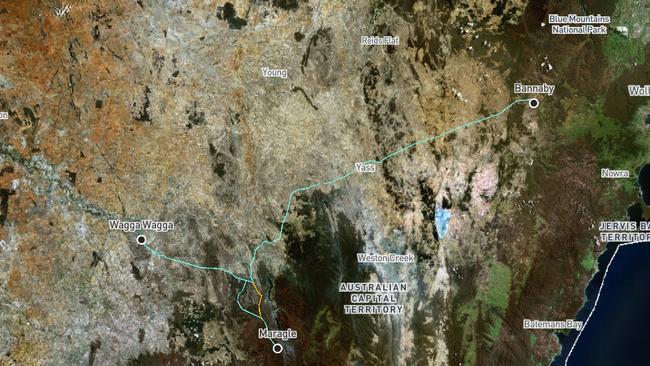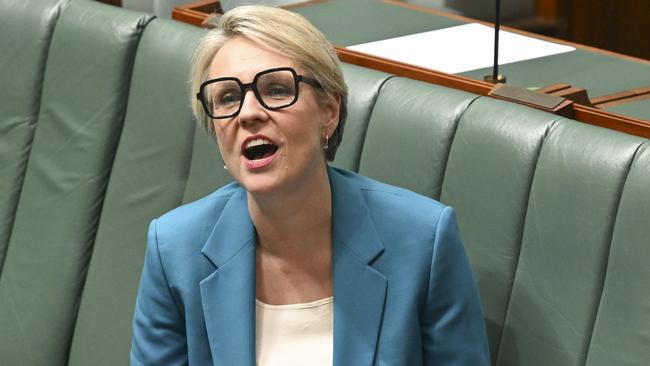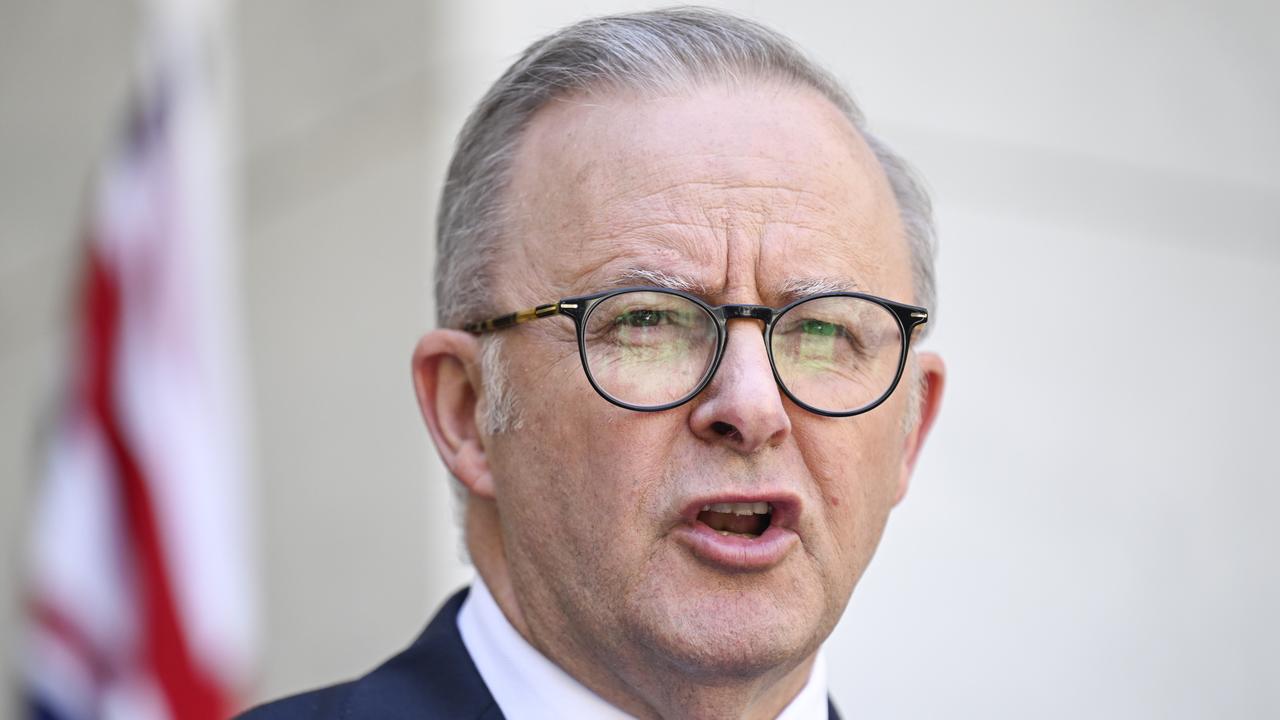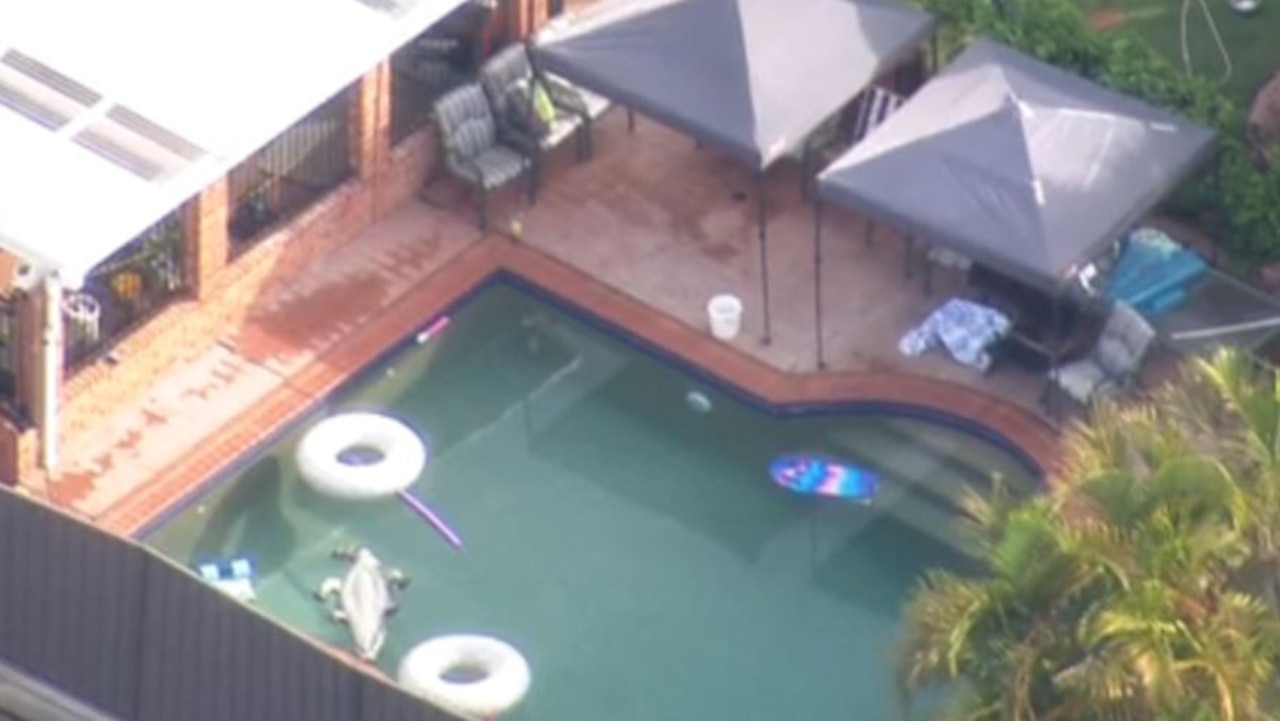Approved HumeLink to add $20 a year to your power bill
A $5bn electricity line funded via energy bills is set to be built to connect Snowy 2.0 to the grid. Tanya Plibersek says it’s key to turning Australia into a renewables “superpower”.

National
Don't miss out on the headlines from National. Followed categories will be added to My News.
A controversial $5 billion power line connecting Snowy 2.0 to the grid is expected to be given the financial green light as soon as Thursday, with NSW households to chip in more than $20 a year via electricity bills to help cover the cost.
A final decision by Transgrid to build HumeLink is considered imminent after the Albanese government’s announcement of approval for the 365 kilometre-long high-voltage transmission line between Wagga Wagga, Bannaby and Maragle.
Ahead of the final investment decision being made, the government said its approval of HumeLink was a key milestone in its plan to turn Australia into a renewable energy “superpower”.

HumeLink is controversial due to its mounting cost – and because owners of land it will traverse wanted it to go underground. Their pleas were rejected due to the higher price tag.
In January 2020, Transgrid first estimated HumeLink’s expense would be $1.35bn. That rose to $3.3bn in 2021 and, more recently, to $4.8bn.
HumeLink will be the property of Transgrid, a company with shareholders including a subsidiary of the Abu Dhabi Investment Authority and a Canadian superannuation fund.
Despite being privately owned, NSW consumers will repay the cost of building HumeLink over several decades – through power bills.
The Australian Energy Regulator has estimated the annual cost for households to be $21 from 2025-26 to 2027-28. Small businesses will contribute an average of $54 annually. That will raise about $520 million over the first three years.
Snowy 2.0 will provide an additional 2,200 megawatts of on-demand electricity into the grid.

The government says that is enough energy storage to power three million homes for a week. Its cost has blown as well – from $2bn to $12bn.
Federal Environment Minister Tanya Plibersek said: “Labor is getting on with the job of transforming Australia into a renewable energy superpower while Peter Dutton and David Littleproud’s risky nuclear plan is threatening investment in renewables.”





